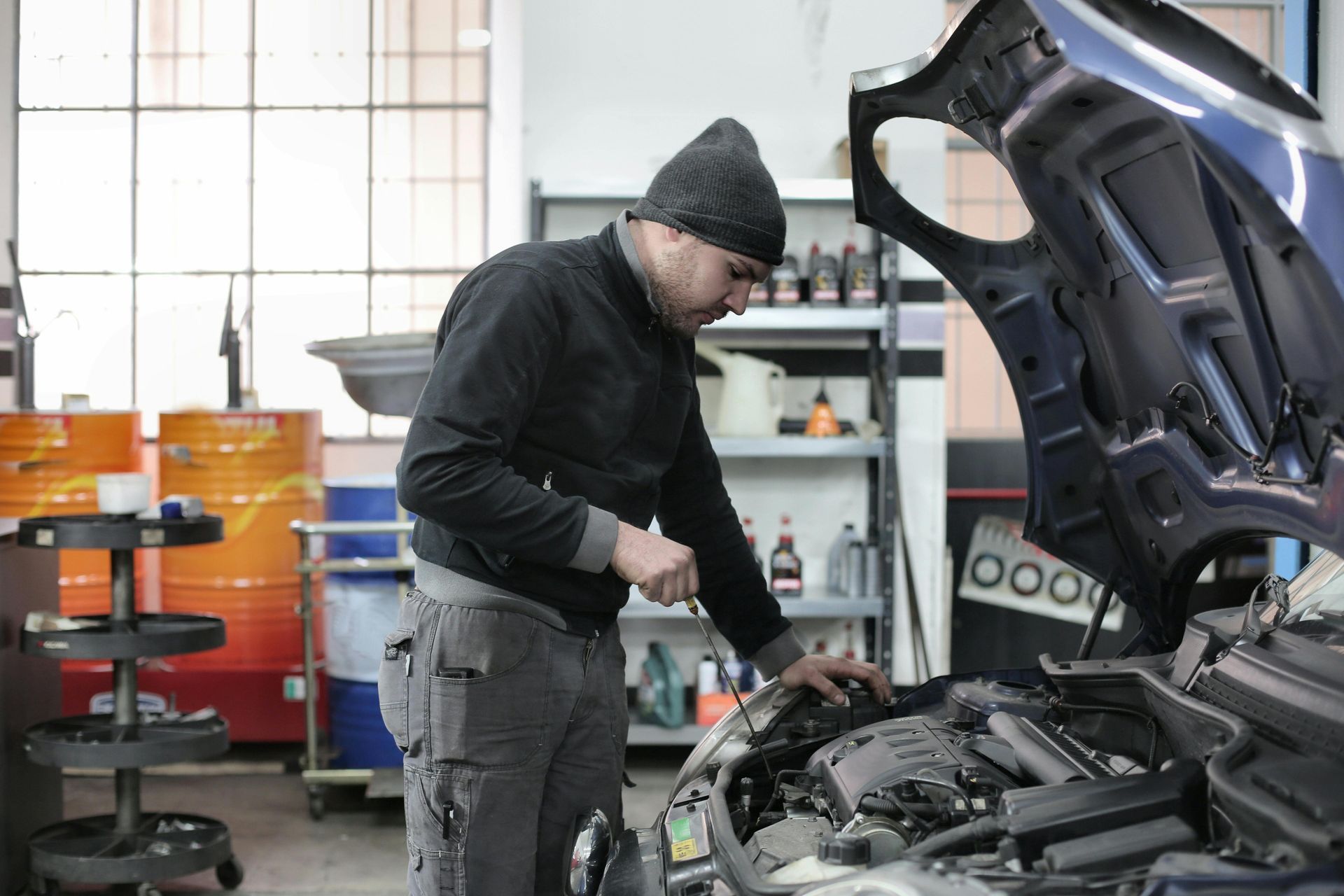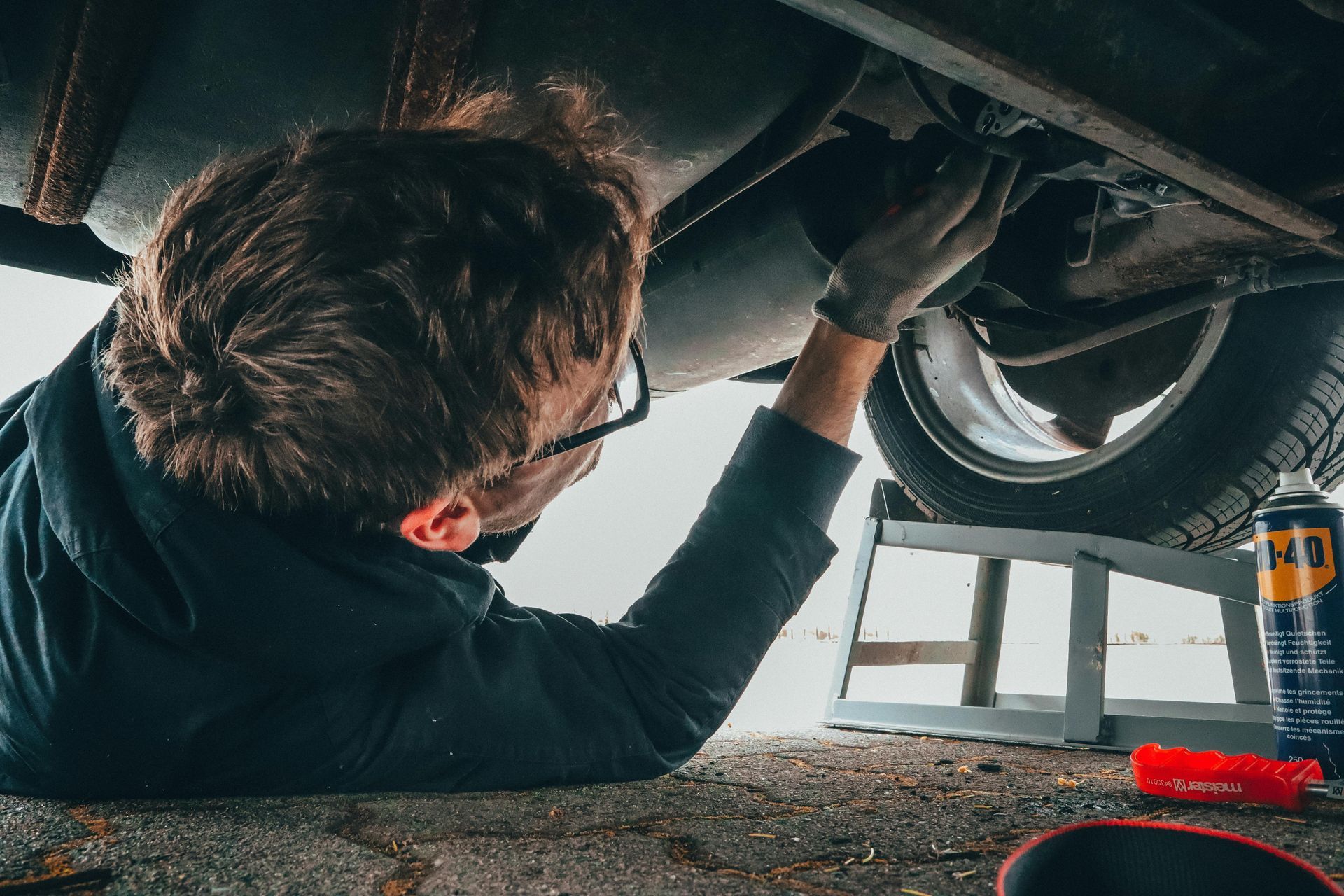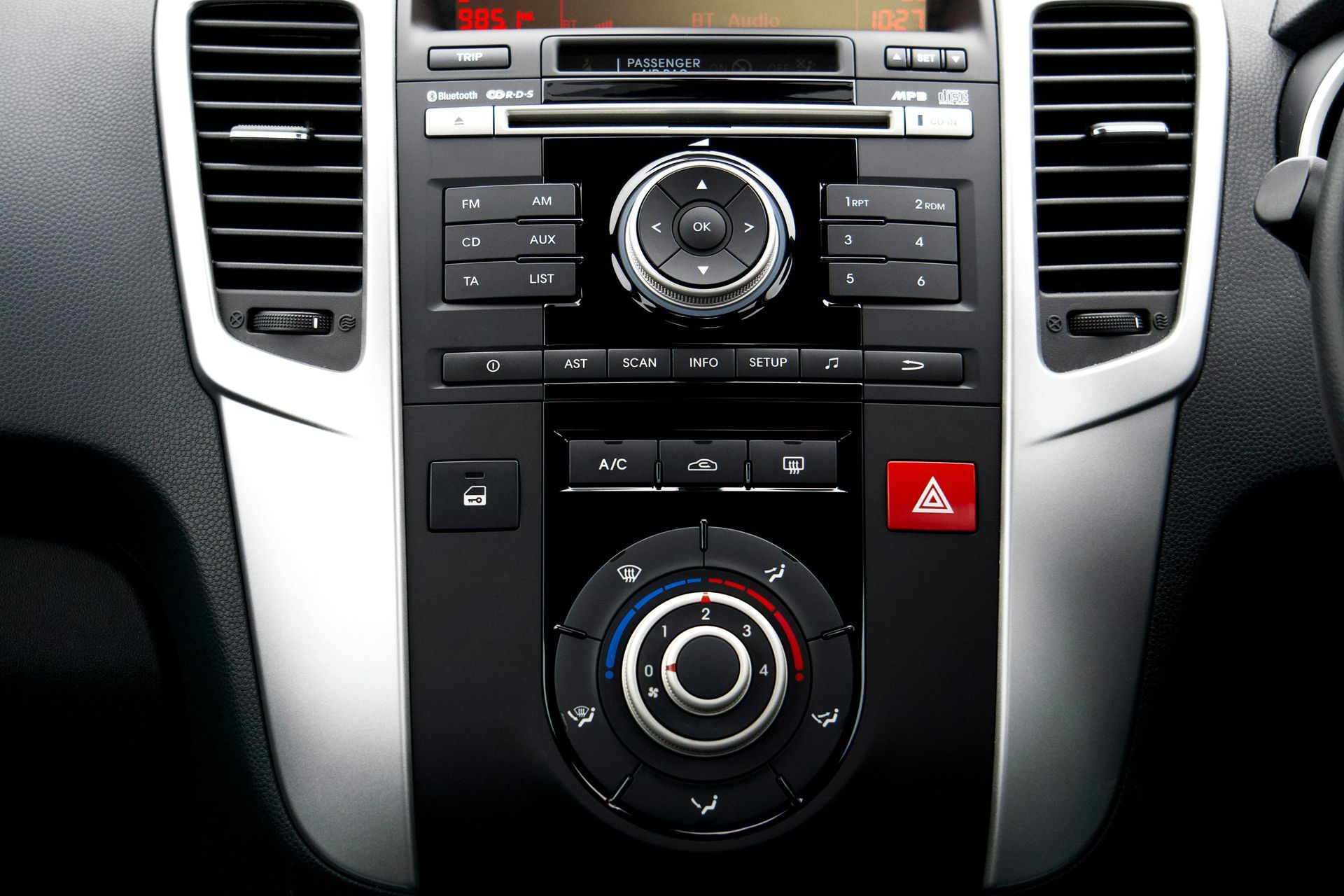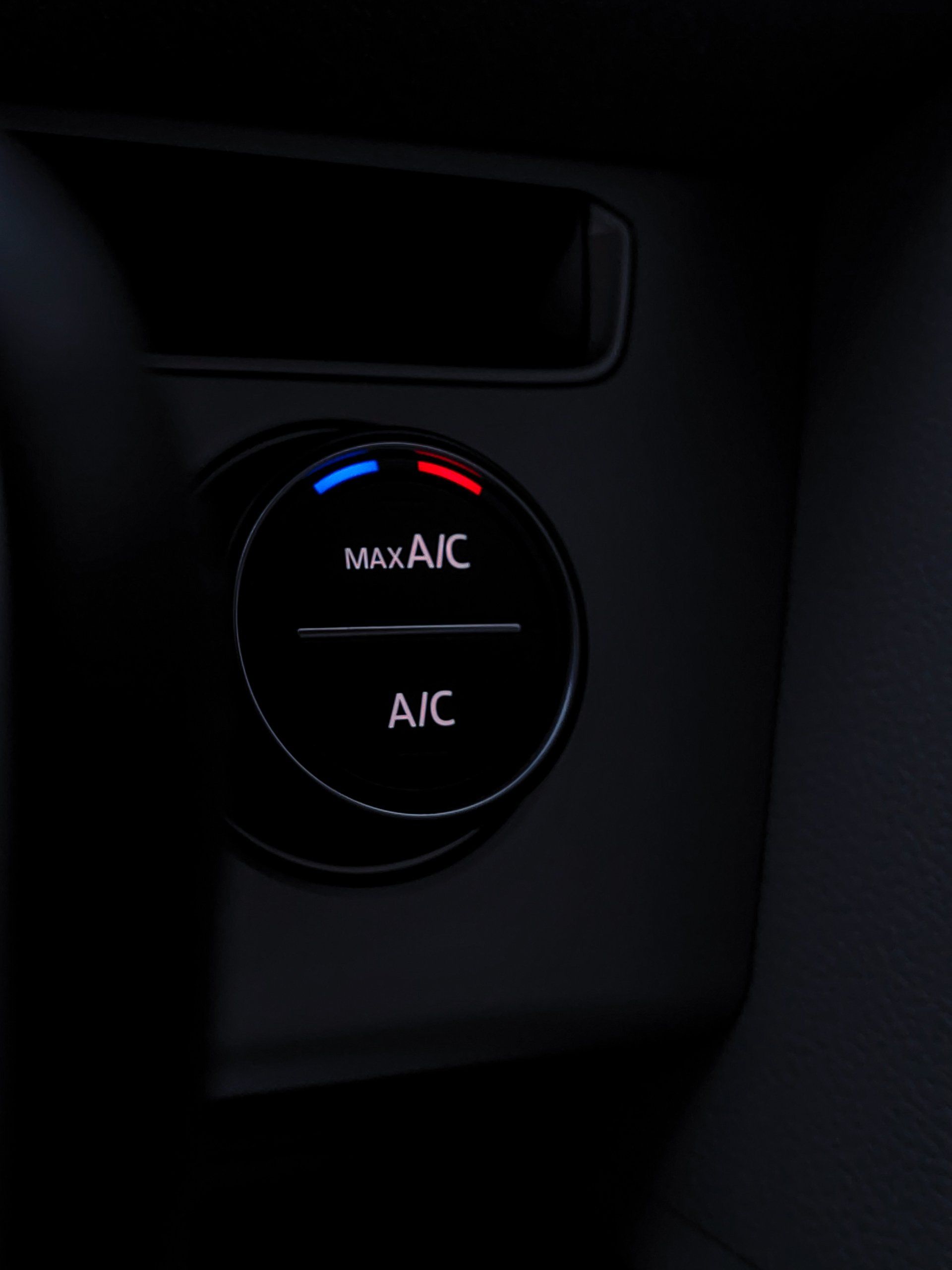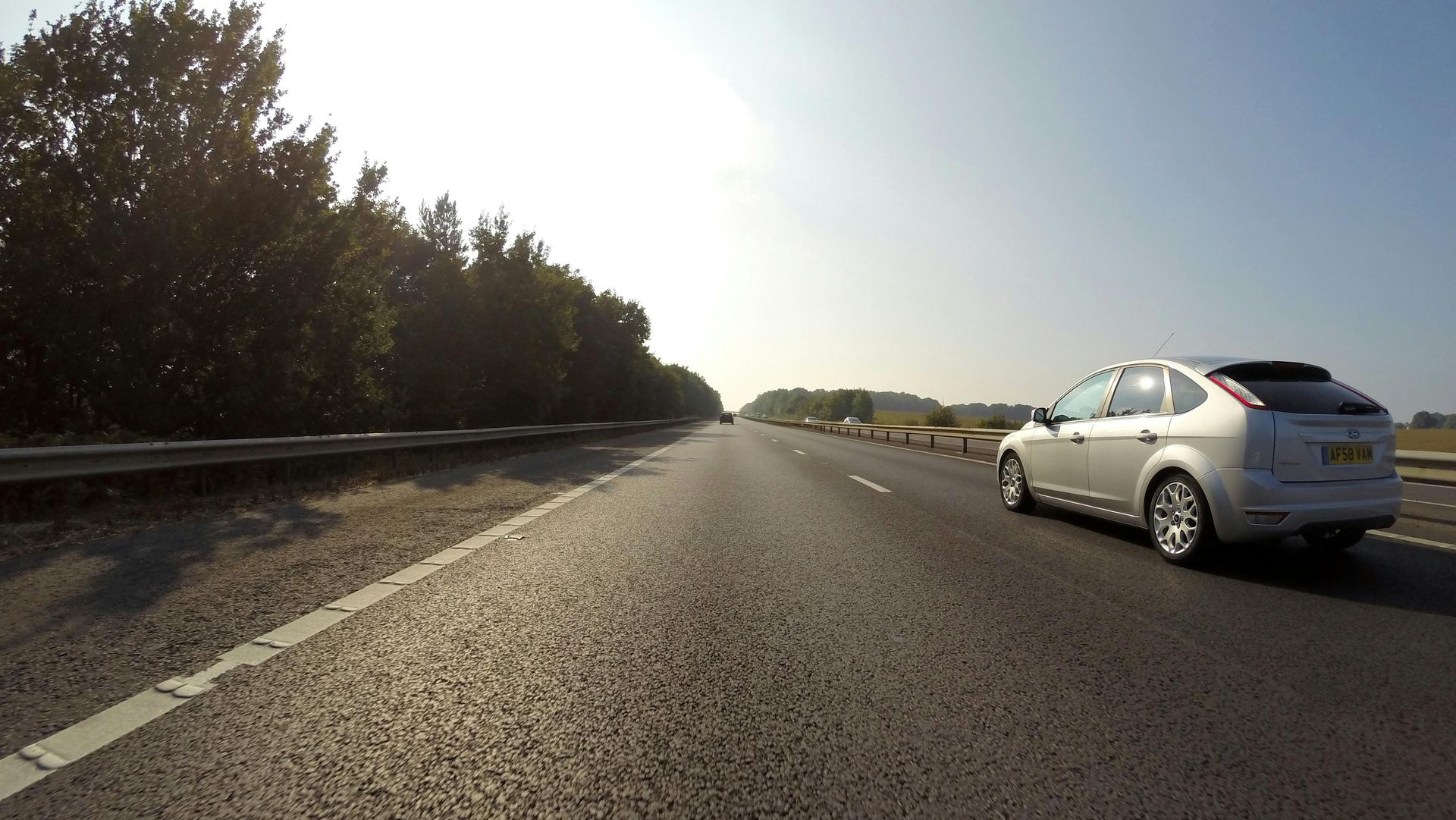Critical Fluid Checks Every Springfield, Oregon Driver Should Master
Your vehicle relies on several vital fluids to keep everything running smoothly, safely, and efficiently. For drivers in Springfield, Oregon, where we experience everything from hot summer days to wet, cold winters, maintaining proper fluid levels becomes even more important. Regular fluid checks can prevent costly breakdowns and keep you safe on the roads throughout the Willamette Valley.
Why Fluid Maintenance Matters in Oregon's Climate
Oregon's diverse weather patterns put extra stress on your vehicle's systems. From the dry heat of summer that can cause fluids to evaporate quickly to the freezing temperatures that can affect fluid viscosity, Springfield drivers need to stay on top of their vehicle's fluid health year-round.
Neglecting fluid maintenance can lead to engine damage, brake failure, or leaving you stranded on Highway 126 during your commute to Eugene or while traveling to the coast. The good news? Most fluid checks are simple tasks you can learn to do yourself.
Engine Oil: Your Vehicle's Lifeblood
Engine oil lubricates moving parts, reduces friction, and helps regulate temperature. In Oregon's varying climate, your oil works harder to protect your engine.
How to Check:
- Park on level ground and turn off the engine
- Wait 5-10 minutes for oil to settle
- Pull out the dipstick, clean it, and reinsert fully
- Remove again and check the oil level between minimum and maximum marks
- Look at oil color – dark, gritty oil needs changing
When to Change: Most vehicles need oil changes every 3,000-7,500 miles, depending on your car and driving conditions. Springfield's stop-and-go traffic and occasional mountain driving may require more frequent changes.
Coolant: Preventing Overheating and Freezing
Coolant (antifreeze) keeps your engine from overheating in summer and freezing in winter – both critical concerns for Oregon drivers.
How to Check:
- Only check when the engine is cool
- Look at the coolant reservoir tank (usually translucent with minimum/maximum lines)
- Coolant should be clear, not rusty or cloudy
- Level should be between the min/max marks
Important Note: Never remove the radiator cap when the engine is hot. The system is pressurized and can cause serious burns.
Brake Fluid: Essential for Safety
Brake fluid transfers the force from your brake pedal to your wheels. In Oregon's rainy conditions, reliable brakes are absolutely essential for safe driving.
How to Check:
- Locate the brake fluid reservoir (usually near the firewall)
- Check fluid level against minimum/maximum markings
- Brake fluid should be clear or slightly amber, not dark or contaminated
- Look for any leaks around the reservoir
Brake fluid absorbs moisture over time, which can reduce braking effectiveness – especially important during Oregon's wet months.
Transmission Fluid: Smooth Shifting
Transmission fluid lubricates and cools your transmission while enabling smooth gear changes.
How to Check:
- Many newer vehicles have sealed transmissions requiring professional service
- For vehicles with dipsticks, check with engine running and transmission warm
- Fluid should be bright red and sweet-smelling, not burnt or dark
- Low levels can cause shifting problems
Power Steering Fluid: Easy Maneuvering
Power steering fluid helps you turn the wheel with minimal effort – especially important when parking in downtown Springfield or making tight turns.
How to Check:
- Locate the power steering reservoir
- Check fluid level with engine off
- Fluid should be clear to light amber
- Low fluid often indicates a leak that needs professional attention
Windshield Washer Fluid: Clear Vision
In Oregon, where we deal with rain, road salt, and occasional snow, clean windshields are crucial for safety.
How to Check:
- Simply look at the washer fluid reservoir
- Use Oregon-appropriate washer fluid that won't freeze
- Keep reservoir full, especially during winter months
When to Check Fluids
Make fluid checks part of your routine:
- Monthly: Oil, coolant, brake fluid, washer fluid
- Before long trips: All fluids, especially if driving to the coast or mountains
- Seasonally: More thorough checks before summer and winter
- When warning lights appear: Check immediately
Signs You Need Professional Help
While basic fluid checks are DIY-friendly, some situations require professional attention:
- Fluid levels dropping quickly (indicates leaks)
- Contaminated or burnt-smelling fluids
- Warning lights on your dashboard
- Unusual noises or performance issues
Local Considerations for Springfield Drivers
Springfield's location in the Willamette Valley means dealing with specific challenges:
- Fog and moisture: Can affect brake fluid over time
- Temperature swings: Require proper antifreeze mixtures
- Commuting to Eugene or the coast: Puts extra demands on all systems
- Occasional mountain driving: Requires fluids in top condition
The Cost of Neglect
Ignoring fluid maintenance can lead to expensive problems:
- Engine seizure from lack of oil
- Overheating from low coolant
- Brake failure from contaminated brake fluid
- Transmission damage from old fluid
These repairs can cost thousands of dollars – far more than regular maintenance.
Make Fluid Checks a Habit
Set reminders on your phone or check fluids when you fill up with gas. Keep a small notebook in your glove compartment to track when you last checked or changed each fluid. This simple habit can save you money and prevent roadside emergencies.
Professional Maintenance Schedules
While you can check fluid levels yourself, professional service ensures proper fluid changes, leak detection, and system performance. Follow your owner's manual recommendations, but consider Oregon's demanding climate when scheduling service intervals.
Keep Your Vehicle's Fluids in Top Condition
Regular fluid maintenance doesn't have to be complicated, but it does require consistency. If you're uncomfortable checking fluids yourself, or if you discover any issues during your inspections, the ASE-certified technicians at Willamette Automotive Care in Springfield are here to help.
We provide comprehensive fluid services including oil changes, coolant system maintenance, brake fluid replacement, and complete multi-point inspections. Located at 720 35th St Suite A in Springfield, we're convenient for drivers throughout the area including Eugene, Cottage Grove, and Junction City.
Don't wait for a warning light or breakdown to address fluid issues. Call us at (541) 209-6928 to schedule your fluid service appointment today and keep your vehicle running safely and reliably on Oregon's roads.
